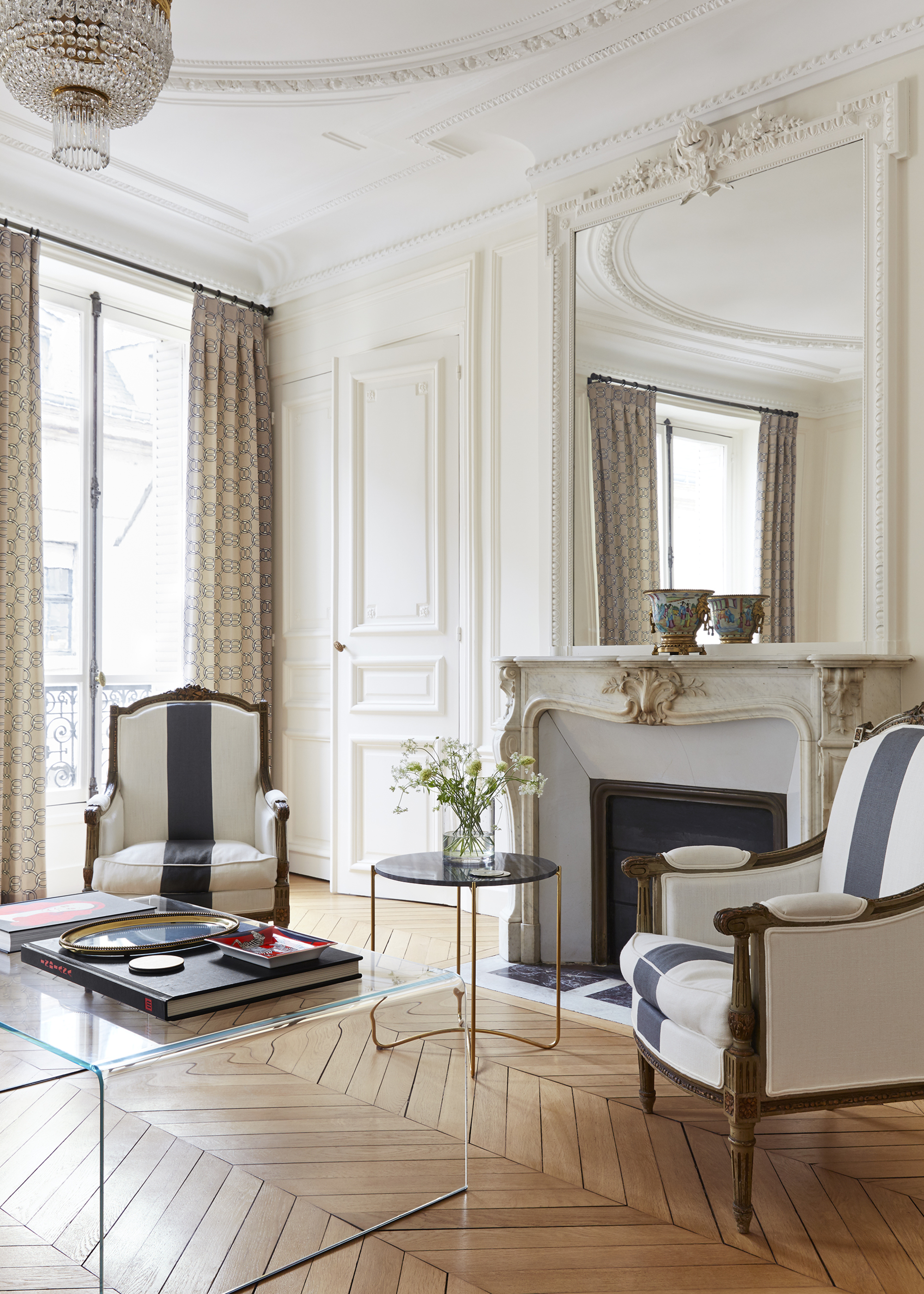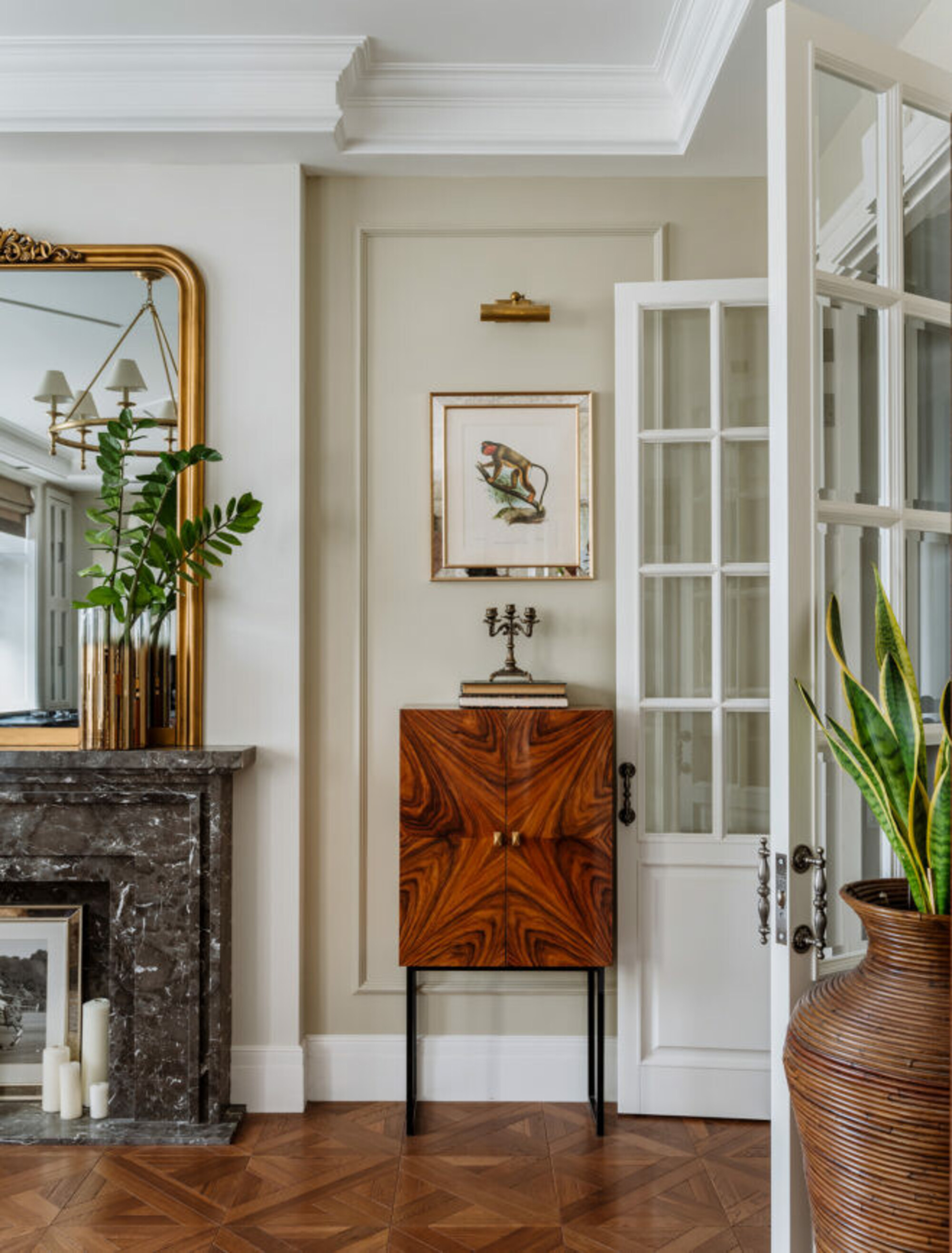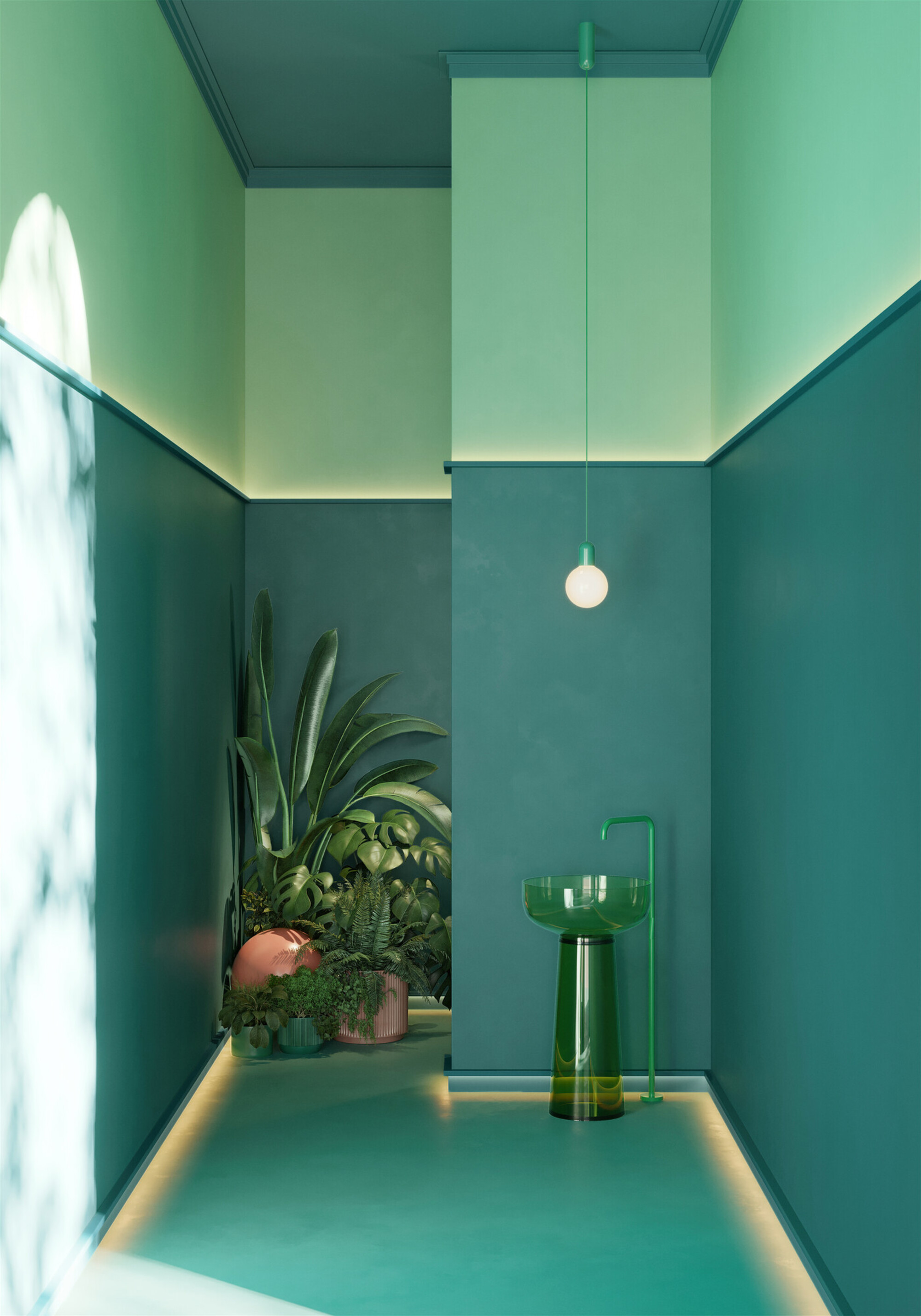Crown Molding Ideas — 8 Ways to Make This Traditional Flourish Feel Modern
These expert crown molding ideas explore everything from how to match our home's history to interesting, new ways to use these decorative designs


Crown molding ideas come in a real range of styles and periods, meaning there is a lot to mull over when considering cornicing. Typically, but not exclusively found in period homes, crown molding has been used throughout architectural history to embellish the top of a wall where it junctions with the ceiling, but they are more than a purely decorative flourish.
As well as thinking about the period, there is a lot of flourishes you make to add interest to your crown molding. Think about the way you use paint and the patterns you like. Think also about the room and sizing before committing to a certain style that could overhwlem the space if not executed correctly.
For those looking to introduce a simple living room idea like crown molding into their homes, these are the factors to consider.
8 crown moulding ideas for any style of property
‘The purpose of cornicing is to introduce order into a room, laying the groundwork upon which interior decoration can build,’ says interior designer Max Rollitt, whose interior projects consistently reference and reflect the heritage of a home. In this sense, getting your crown molding right can set the stage for your interiors to follow.
1. Get historically accurate with your crown molding ideas

In some parts of the world, crown molding is more of an historical artefact than in others. Crown molding periods can be divided up into Classical, Georgian, Regency, Victorian, Edwardian, Art Deco and Contemporary. The Classical era is derived from the principles of Greek and Roman architecture. ‘Within classical buildings, cornices are based on the four classic orders: Doric, Ionic, Corinthian and Tuscan,’ says Max Rollitt.
Georgian and Regency moldings are softer in style, while in Victorian and Edwardian houses, the crown molding tends to be floral and decorative. Art Deco molding typically consist of geometric shapes. ‘There has always been taste involved and so you might be surprised how wide the choice might be whilst remaining true to period,’ says Xana Haley of George Jackson, specialists in interior architectural decoration.
Moldings should always try to keep as close as it can to the appropriate style for the date of the house. Check cornicing period categories and ask a neighbor to inspect their cornicing for comparison. ‘I’d normally refer to what interior architecture still exists – the skirting, dado rail, architrave or fireplace, for guidance,’ advises Max.
Of course, you can be flexible based on taste. ‘If you’re worried about the level of ornamentation, then opt for something simpler so long as it’s still stylistically appropriate,’ he adds.
2. Try a plain molding design

For a simple look, a simple plain crown molding can go a long way. The plainer variety of molding is a series of linear members without and embellishment or detail. It makes for a seamless blend between the ceiling and the wall, and is subtle yet stylish, all at once.
Plain moldings are often arch shaped to create a coving effect, and can be installed in artful layers in a stacked way to add more interest in a classic and pared back way.
3. Or go for an enriched style

An enriched crown molding is floral or patterned. ‘As soon as you put in an enriched molding, it is a stamp of an era’, says Miles Leigh, director of Cornice London. Each different period had their own favorite style.
The quality of a beautifully enriched cornice is evident in the definition of the embellishments. Enriched styles also vary per room. ‘It varies based on period and grandeur of the home, but in a Victorian house, you would have an enriched cornice in the main rooms - reception room and master bedroom and find a plain cornice of a similar size and shape in the common areas, hallways, bathrooms and second bedrooms,’ adds Leigh. Enriched cornices are generally more expensive to make and supply and come in a range of floral and decorative styles.
4. Carefully consider the sizing

The size of the molding depends on the height and size of a room. The rule of thumb is generally that the higher the ceiling in a room, the deeper the cornice you can accommodate. Large cornicing used in a room with low ceilings will create an out of proportion effect. ‘Sizing your cornice is part common sense, partly looking at the period,’ says Miles. ‘In an average Victorian house, we would install a medium cornice throughout. A medium cornice would be a height of 4'' and a projection or depth of 8''.
In this example by Bryan O'Sullivan Studio, the crown molding between the wall and the ceiling is enriched but subtle and simple, with a bead-like pattern between the wall and the ceiling, making for an elegant living room.
5. Try a ceiling rose

In a home that has beautiful crown moldings, you'll often find a ceiling rose in the center - a decorative element that surrounds the lighting and makes a statement of your ceiling. An elegant statement lighting idea, a crown rose can be as plain or as embellished and grand as you like and can really help to tie all the crown molding work together.
The style you go for largely depends on your existing decor. If you live in a period property, look at the cornice details already in place to inspire you, or anything that architecturally anchors you to a period, like a fireplace. If your ceiling has plain molding, you won't be restricted when picking a rose style - your ceiling is a blank canvas.
Many properties won't have a ceiling rose, but while adding an ornate ceiling rose may look like a delicate job, it's actually relatively straightforward to install as they are pre-made and stuck on. An electrician can help outfit your ceiling with the proper light fittings and help you thread your electrical wires through the center of your rose.
As for the various styles out there, firstly be wary of picking the right size. Don't go too big or it will overwhelm the space. A home that has a smaller ceiling should also have a smaller ceiling rose. Another rule of thumb is that the rose doesn't overpower the light itself. The diameter of the rose should not be greater than that of the light fixture.
6. Try the color drenching trend on crown molding

One way to add interest to your crown molding is to get creative with paint for an interesting living room ceiling idea. A monochromatic scheme can work with crown moldings, as seen with this bold living room color idea.
Take the paint and use the same shade, or a slightly lighter or darker hue, across the whole of the room, including the ceiling and your moldings. This can give the illusion of more space, and can really create a cozy mood.
7. Or paint your molding in a contrasting color

Crown moldings are typically painted in a crisp white, but an alternative look is to use the space for a bold and dramatic color. Simple, neutral colored walls paired with a more dramatic color for the molding can elevate your interiors and create a real contrast in the space. In this room painted in Benjamin Moore paint, the black lines create a sleek and smart finish.
8. Use cornicing as a place for accent lighting

For a modern living room, the crown molding can be a great place to fit some mood lighting as it disguises from the light fixture and can cast a great shadow on the wall.
Disguising and concealing lighting is a contemporary trend in modern homes and the lighting, which is usually LED, is great not as a main light source but rather providing a halo feature and creating a sense of atmosphere.
How are crown moldings made?
Cornices are made from plaster and typically pre-manufactured. Traditionally formed by hand using plaster of paris and lime putty, cornices were mostly created and installed at the house. It then became cheaper to pre-manufacture them and subsequently install them on-site. Typically, cornicing is now pre-prepared using plaster of paris and hessian and made into 3m blocks before being installed, lightly sanded and painted.
A detailed plaster can encourage dust, so give your enriched cornice a frequent light dusting, but other than that, a cornice requires little to no maintenance. Keep an eye out for water ingress or smaller repairs and cracks. These can be addressed by a decorator but larger repairs like missing sections should be carried out by a professional.
Be The First To Know
The Livingetc newsletters are your inside source for what’s shaping interiors now - and what’s next. Discover trend forecasts, smart style ideas, and curated shopping inspiration that brings design to life. Subscribe today and stay ahead of the curve.

Former content editor at Livingetc.com, Oonagh is an expert at spotting the interior trends that are making waves in the design world. She has written a mix of everything from home tours to news, long-form features to design idea pieces, as well as having frequently been featured in the monthly print magazine. She is the go-to for design advice in the home. Previously, she worked on a London property title, producing long-read interiors features, style pages and conducting interviews with a range of famous faces from the UK interiors scene, from Kit Kemp to Robert Kime. In doing so, she has developed a keen interest in London's historical architecture and the city's distinct tastemakers paving the way in the world of interiors.
-
 Burl Wood Decor Is 2025’s Most Coveted Comeback — Here’s How to Get the Storied Swirls for Less
Burl Wood Decor Is 2025’s Most Coveted Comeback — Here’s How to Get the Storied Swirls for LessIrregularity is the ultimate luxury, but you don’t need an antiques dealer to find it
By Julia Demer Published
-
 5 Garden Features That Instantly Add Value to Your Home — While Making Your Outdoor Space More Practical, too
5 Garden Features That Instantly Add Value to Your Home — While Making Your Outdoor Space More Practical, tooGet to know all the expert tips and tricks for making your backyard a standout selling point for your home.
By Maya Glantz Published